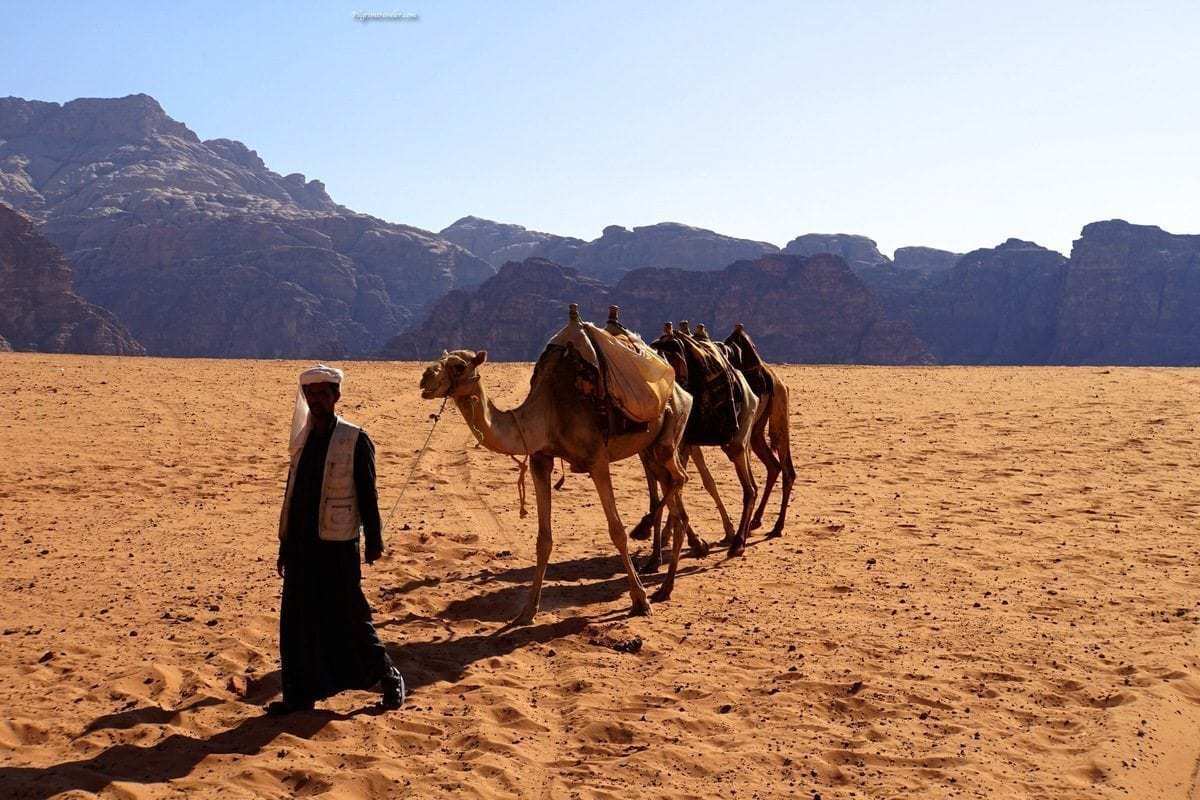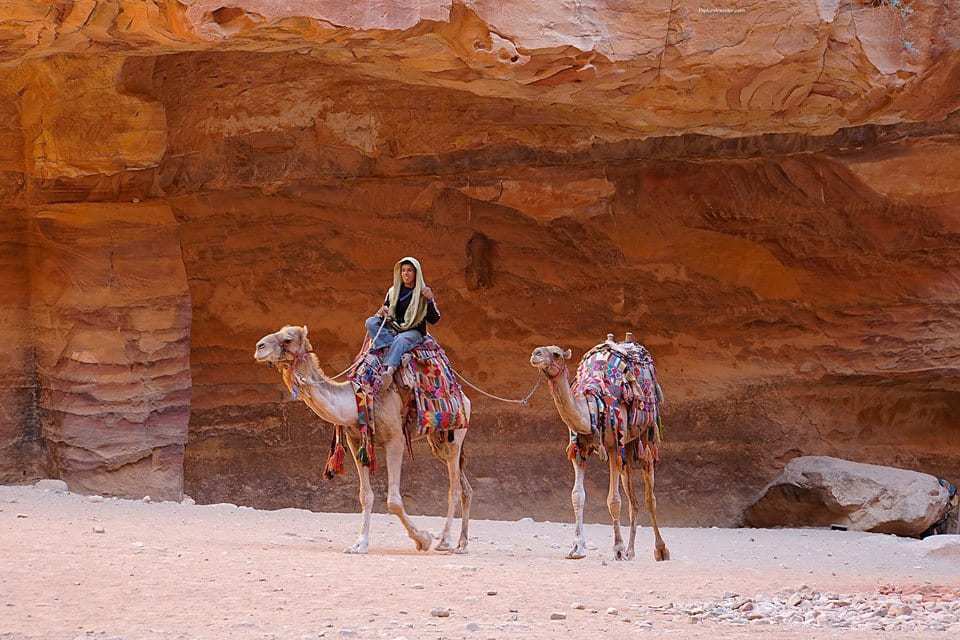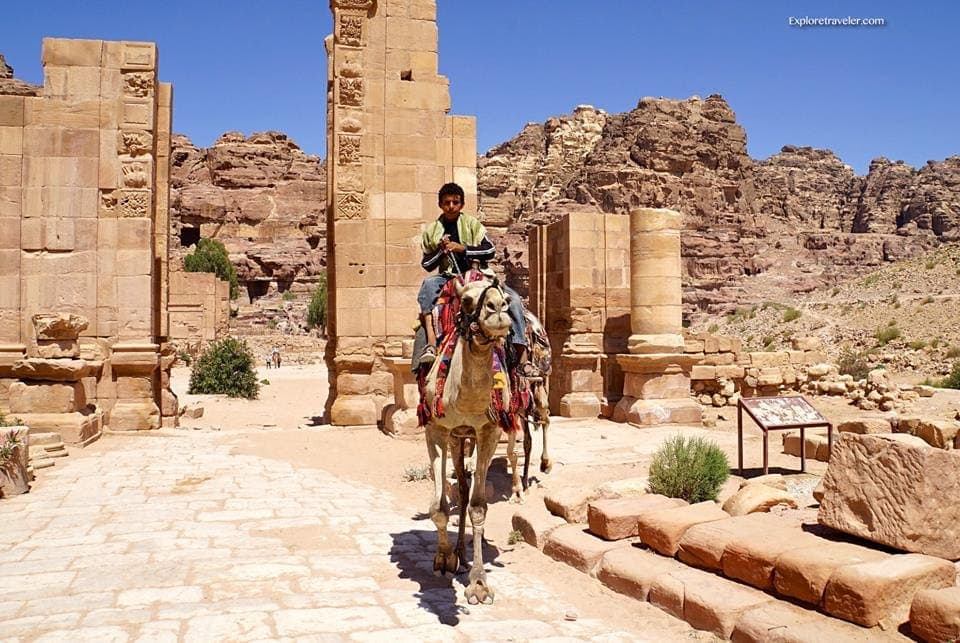Islamic Civilization Religion Basics
A quick introduction to the reason for this essay.
With our ongoing travels to the Middle Eastern regions and our wanting to learn from people within different countries, a basic understanding of their religion and history is important. If time allows we will try to address the other major religions within the region and some of the lesser-known religions that have influenced the region and maybe still doing so today. Since no one country is the same and the Religion of Islam is dominant it’s important to grasp some of the basics before visiting. This small article is my attempt to help layout some basics of Islam and what we call in historical term Islamic civilization. Consider this piece ongoing with additional material added as I disseminate the tremendous amount of historical information. We welcome anyone who feels there is a mistake to let us know so we can research and correct if need be.
Three fundamental unities of Islam
The Three Fundamental Unities of Islam: God, Humankind, and Religion
Islam is considered a universal faith by followers for all times, all places, and all peoples. It is predicated on the belief that there is but one God, Allah, the Creator of the universe and of humankind. The Qur’an opens with the words, “In the name of Allah, the Merciful, the Compassionate.” Mercy and compassion are his prime qualities. The relationship which exists between God and His creation is based on one religion. These fundamental unities are the foundation of faith.
The Qur’an refers to the creation of the earth and other celestial bodies out of the darkness of chaos. Modern scientific theories that have changed somewhat over time, and have come up with a more moderate view. Some view this nature and highlight the unity of the universe. If God created this unique universe and shaped humankind to inhabit it, it follows that God would also have communicated with humanity through a single religion, even though it be in successive revelations. Islam is the last and most all-encompassing message of God. The restoration of what was changed to benefit mankind and not any particular group.
Five pillars of Islam and their importance within the context of the development
of Islamic Civilization from 610 CE – 632 CE
- The Profession of Faith—The Shahada
The Profession of Faith, the shahada, is the most fundamental expression of Islamic beliefs. It merely states that “There is no God but God and Muhammad is his prophet.” It underscores the monotheistic nature of Islam. It is a common phrase in Arabic calligraphy and appears in numerous manuscripts and religious buildings.
- Daily Prayers—Salat
Muslims are expected to pray five times a day. This does not mean that they need to attend a mosque to pray; rather, the salat, or the daily prayer, should be recited five times a day. Muslims can pray anywhere; however, they are meant to pray towards Mecca. The faithful pray by bowing several times while standing and then kneeling and touching the ground or prayer mat with their foreheads, as a symbol of their reverence and submission to Allah. On Friday, many Muslims attend a mosque near midday to pray and to listen to a sermon, khutba.
- Alms-Giving—Zakat
The giving of alms is the third pillar. Although not defined in the Qu’ran, Muslims believe that they are meant to share their wealth with those less fortunate in their community of believers.
- Fasting during Ramadan—Saum
During the holy month of Ramadan, the ninth month in the Islamic calendar, Muslims are expected to fast from dawn to dusk. While there are exceptions made for the sick, elderly, and pregnant, all are expected to refrain from eating and drinking during daylight hours.
- Pilgrimage to Mecca—Hajj
All Muslims who can are required to make the pilgrimage to Mecca and the surrounding holy sites at least once in their lives. Pilgrimage focuses on visiting the Kaaba and walking around it seven times. The pilgrimage occurs in the 12th month of the Islamic Calendar.
Significant steps by which Muhammad and his followers established the Muslim community (umma), from the time of his first revelation in 610 until his death in 632.
The creation of the Umma in Muhammad’s time set the stage in motion for the Umma to exists and to overseas Islam after his death. Even though there were struggles along the way; Islam became a more world power as a religion but also as a united empire. The Uma was a tribal body in a way that was similar to the elders of a tribe and helped administer early Islam.
The Sunna and hadith (plural, ahadith), and their importance in Islam. Also a brief description of the process by which the latter were authenticated.
Sunnah, (Arabic: “habitual practice”)also spelled Sunna, the body of traditional social and legal custom and practice of the Islamic community. Along with the Qurʾān (the holy book of Islam) and Hadith (recorded sayings of the Prophet Muhammad), it is a significant source of Sharīʿah or Islamic law.
According to the Muslim viewpoint, why is it not accurate to say that Islam began in seventh-century Arabia?
The way I understand it believers feel Islam is the purest form of the religion of the book. They believe the written word was tampered with and Islam restored the word to its original meaning.
Discuss the ways that geography and climate have shaped the development of the Middle East and Islamic Civilization.
Middle East geography can vary across the region and be different at different times in history. However, we must consider several of these factors if one as myself is to have a stronger understanding of the region and the context to understand how current differences in education, history, and religion impact where we are today.
The impact of climate on the middle east has been significant since the region has changed since the days of the last ice age. Regionally the areas have numerous drought, floods, times of high agriculture with active pastoral peoples moving and surviving in this ever-changing landscape of ongoing climate change that they had to endure.
During the early development of the Mesopotamia area, we have numerous gods representing different city-states that connected the people to each city and to the growth of each town. As these various city-states became more and more consolidated into empires and regional religions established certain norms began to develop regionally. However, within the Egyptian area growth was more confined to the areas of the Nile of upper and lower Egypt with the harsh desert having an isolationist impact on this growing civilization. Within the regions in between, there were vast areas where peoples had long developed tribal cultures that differentiate and established long family ties. This was also the case for the Bedouin nomadic peoples of Saudi Arabia and even the time when Mohammed himself lived. These different geographies help nourish startup civilizations but also created a large mosaic of different religions where each came with its own traditions and rules. Mohammed who was a caravan trader as a younger man had embraced concepts already in use in Christianity and Judaism. His efforts to bring existing people who worshipped the different pagan gods of the region into his early form of Islam lacked a sense of cohesion due to the geographical differences. However, using the desert to his advantage, he established a significant amount of power with the other tribes with his successful raiding of caravans who visited the different pagan holy sites of his time. Thus his life and rules of Islam helped layout a blueprint of informal government structure.
Now at the time of Arab tribes leaders and later Kan’ lived in a fragmented middle east where different religions exist and made it difficult for them to rule effectively. Geographic differences caused a lack of cohesion; however by these Kan’s using the religion of Islam to bring the different areas together under the same religious doctrine these boundaries were removed to a certain extent. The separation of Isam into two major areas of Islamic thought of Sunni and Shia today along with the minor subgroups still impact the whole Middle East Today.
What is Muhammad’s importance in the Muslim tradition? How do Islamic perceptions of him compare to those of the West?
Muhammad is central to Islam, and only the Umma seems to have any control similar to Islamic thought. The life and times of Muhammad as written or passed down by his younger wife play a central role within the religion. Everything from how people advise Arabic rulers in the past to the Immans of today consider how the Islamic people will react to what is said, and how they perceive it relates to Muhammad’s life as recorded.
In the west, Muhammad is viewed as a more hostile figure, and his acceptance of a young wife also impacts this perception. I think others may also consider how some of his actions have been misinterpreted with history to ensure certain people gain power or are removed from power. Today in a post 911 world Americans also view the word Jihad to mean violence against innocent people and that military action is inevitable in some regions of the world. Even though that is not the intent of the word originally there can be cross-culture misunderstanding where this term is concerned.
After reviewing the history of Islam recently, my perception is now much more complicated, and I’m sure political entities may take advantage of these differences. What one must understand is how important this region has had to human civilization and how we still have much to learn from this old culture. To travel to the areas of the Middle East is to view a glimpse of the ancient world and to be able to have a fuller understanding of humanity.
Middle East Adventure: Week One Jerusalem, Jericho, Sea of Galilee





